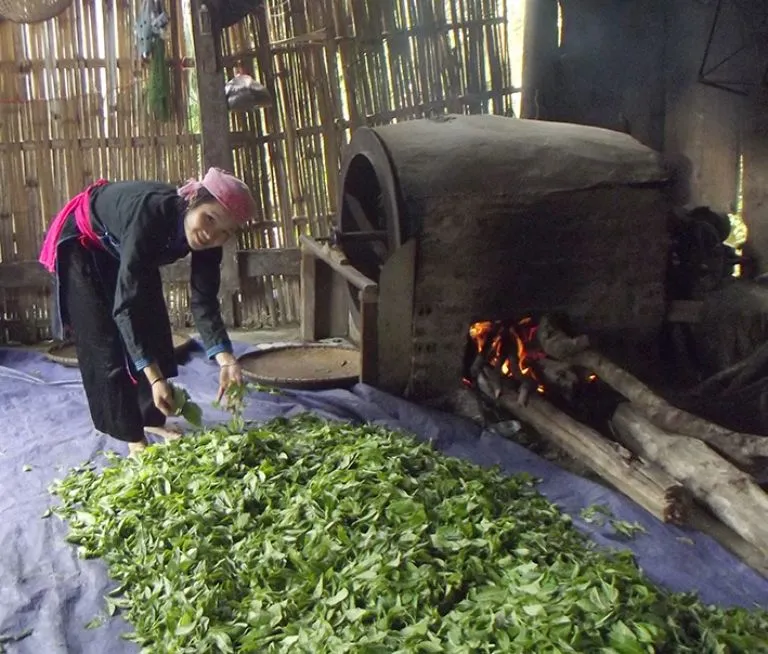The allure of Shan Tuyet Tea in Ha Giang is deeply rooted in the region’s unique environment and the traditional methods of cultivation and processing that have been passed down through generations. In this article, we will explore the captivating world of Shan Tuyet Tea in Ha Giang. From its ancient origins to the distinct flavor that sets it apart from other teas, you will gain a comprehensive understanding of why Shan Tuyet Tea in Ha Giang is so highly regarded.
1. The Origins of Shan Tuyet Tea in Ha Giang

This type of tea usually grows on tall trees and the harvesters have to climb high to pick it
Shan Tuyet Tea in Ha Giang has a history that dates back centuries. The tea is cultivated from ancient tea trees that grow naturally in the rocky highland regions of Ha Giang. These trees, some of which are over 100 years old, thrive in the rugged terrain and unique climate of the area. The high elevation, cool temperatures, and misty conditions create an ideal environment for the tea trees, allowing them to develop a rich and complex flavor.
The name “Shan Tuyet” is derived from the Vietnamese words “Shan” meaning “mountain” and “Tuyet” meaning “snow.” This name reflects the appearance of the tea leaves, which are covered in a fine layer of white, snow-like fuzz. This characteristic is a result of the high altitudes at which the tea is grown, and it contributes to the distinctive flavor and quality of the tea.
The tea is harvested by ethnic minority communities in Ha Giang, who have been cultivating and processing Shan Tuyet Tea for generations. These communities have developed a deep understanding of the tea trees and the environment in which they grow. Their traditional methods of harvesting and processing the tea have been perfected over time, ensuring that the unique flavor of Shan Tuyet Tea in Ha Giang is preserved.
3. The Unique Flavor Profile of Shan Tuyet Tea in Ha Giang
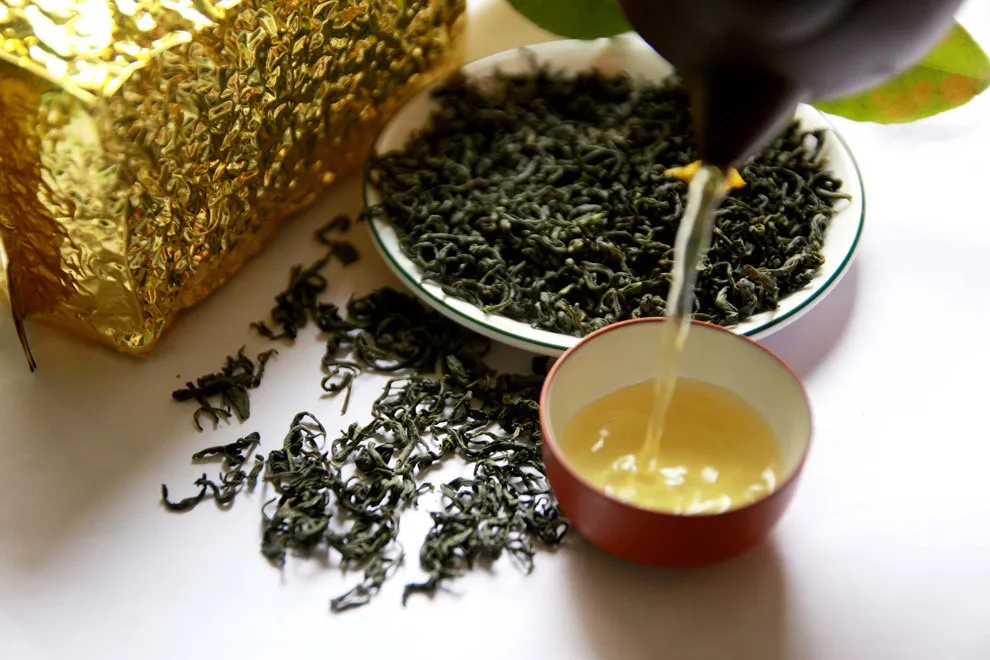
Shan Tuyet Ha Giang tea has a golden color like honey, with a rich, delicious flavor
The flavor of Shan Tuyet Tea in Ha Giang is what truly sets it apart from other teas. The tea is known for its rich, earthy taste with subtle notes of sweetness and a hint of bitterness. This complex flavor profile is a result of the unique growing conditions and traditional processing methods used in Ha Giang.
The high-altitude environment in which the tea is grown plays a significant role in the development of its flavor. The cool temperatures and misty conditions slow down the growth of the tea leaves, allowing them to absorb more nutrients from the soil. This results in a tea that is rich in flavor and has a distinctive aroma.
In addition to the growing conditions, the traditional methods of processing the tea also contribute to its unique flavor. The leaves are hand-picked and carefully processed to ensure that the delicate flavors are preserved. The tea is typically roasted over a wood fire, which imparts a subtle smokiness to the flavor. This combination of earthy, sweet, and smoky notes makes Shan Tuyet Tea in Ha Giang a truly unique and memorable experience for the palate.
4. Cultural Significance of Shan Tuyet Tea in Ha Giang
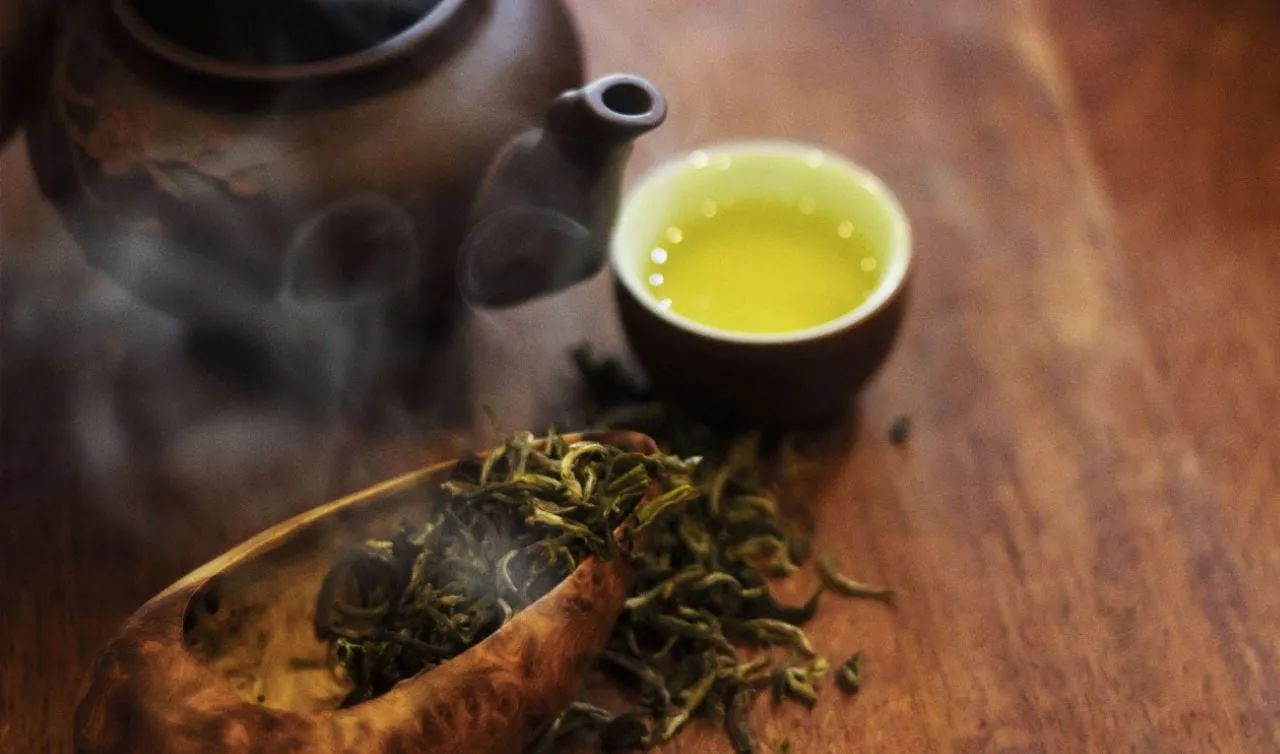
Tea is not just a drink; it is a symbol of hospitality, friendship, and respect
Shan Tuyet Tea in Ha Giang is more than just a beverage; it is an integral part of the cultural identity of the region. The tea has been cultivated and consumed by the ethnic minority communities in Ha Giang for centuries, and it plays an important role in their daily lives and traditions.
In these communities, tea is not just a drink; it is a symbol of hospitality, friendship, and respect. When guests visit a home in Ha Giang, they are often greeted with a cup of freshly brewed Shan Tuyet Tea. This gesture is a sign of welcome and is an important part of the local culture.
Shan Tuyet Tea is also an important part of local rituals and ceremonies. In many communities, tea is used in religious ceremonies and is offered to ancestors as a symbol of respect. The tea is also often used in traditional festivals and celebrations, where it is shared among family and friends as a way of bringing people together.
5. Health Benefits of Shan Tuyet Tea in Ha Giang
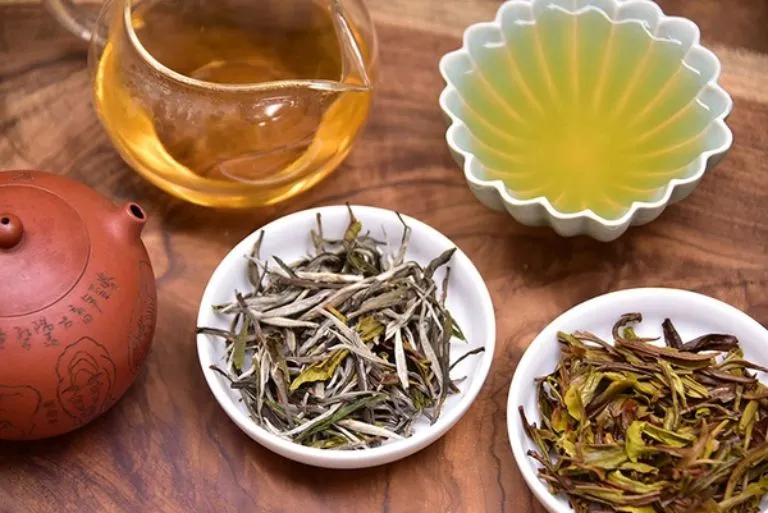
Shan Tuyet tea in Ha Gianghas many different effects in anti-agingand, protecting the heart and blood
In addition to its unique flavor and cultural significance, Shan Tuyet Tea in Ha Giang is also known for its numerous health benefits.
The tea is rich in antioxidants, which help to protect the body from damage caused by free radicals. This makes it an excellent choice for those looking to improve their overall health and well-being.
One of the key antioxidants found in Shan Tuyet Tea is catechin, which has been shown to have a range of health benefits. Catechins are known to help reduce inflammation, lower blood pressure, and improve heart health. They also have anti-cancer properties and can help to boost the immune system.
Shan Tuyet Tea is also known for its ability to aid in digestion. Tea has a calming effect on the digestive system and can help relieve symptoms of indigestion and bloating. It is also believed to have detoxifying properties, helping to cleanse the body of toxins and improve overall health.
In addition to these benefits, Shan Tuyet Tea in Ha Giang is also believed to have a positive effect on mental health. Tea has a calming effect on the mind and can help reduce stress and anxiety. This makes it an excellent choice for those looking to relax and unwind after a long day.
6. How to Brew Shan Tuyet Tea in Ha Giang
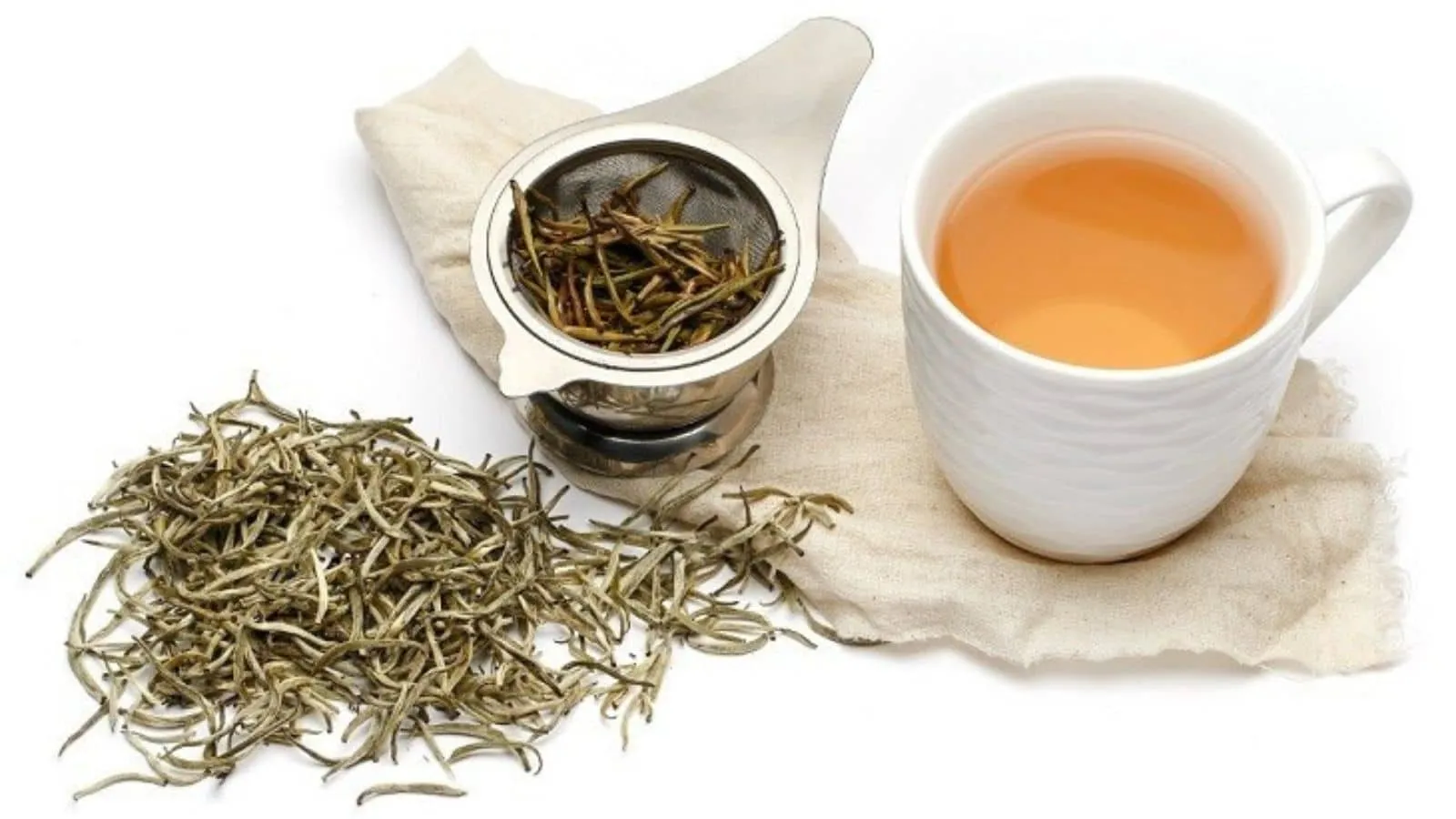
Brewing Shan Tuyet Tea in Ha Giang is an art form in itself
Brewing Shan Tuyet Tea in Ha Giang is an art form in itself. The tea is typically brewed using traditional methods that have been passed down through generations. These methods help to bring out the unique flavor of the tea and ensure that it is enjoyed to its fullest.
To brew Shan Tuyet Tea, start by heating fresh, filtered water to a temperature of around 85-90°C (185-194°F). It is important not to use boiling water, as this can scorch the delicate leaves and result in a bitter taste.
Next, add a small amount of tea leaves to a teapot or tea infuser. The amount of tea used will depend on personal preference, but a general rule of thumb is to use around 1-2 grams of tea leaves per 100 ml of water.
Pour the hot water over the tea leaves and allow them to steep for 2-3 minutes. The exact steeping time will depend on personal preference, but it is important not to over-steep the tea, as this can result in a bitter taste.

Shan tea will have different colors depending on the processing method. Each type will also have a different characteristic flavor
Once the tea has finished steeping, pour it into a cup and enjoy. Shan Tuyet Tea in Ha Giang is best enjoyed without any added sweeteners or flavorings, as this allows the unique flavor of the tea to shine through.
For those looking to enhance their tea-drinking experience, Shan Tuyet Tea can be paired with a variety of foods. The tea’s earthy, sweet flavor pairs well with light, delicate dishes such as salads, fresh fruit, and mild cheeses. It can also be enjoyed alongside traditional Vietnamese snacks such as rice cakes and dried fruits.
7. Where to Experience Shan Tuyet Tea in Ha Giang

The area is home to many tea plantations and local markets where visitors can learn about tea growing and processing, as well as sample different varieties
One of the best ways to experience Shan Tuyet Tea in Ha Giang is to visit one of the many tea plantations in the area. These plantations are often located in remote, mountainous regions and offer visitors the opportunity to see the ancient tea trees up close and learn about the traditional methods of cultivation and processing. Many plantations also offer tea-tasting tours, where visitors can sample different varieties of Shan Tuyet Tea and learn about the unique flavor profiles of each.
In addition to visiting tea plantations, visitors to Ha Giang can also find Shan Tuyet Tea in local markets. These markets are a great place to purchase tea directly from the farmers who grow and process it. Buying tea at local markets not only supports the local economy but also ensures that you are getting the freshest, highest-quality tea available.
8. Notes when drinking Shan Tuyet tea
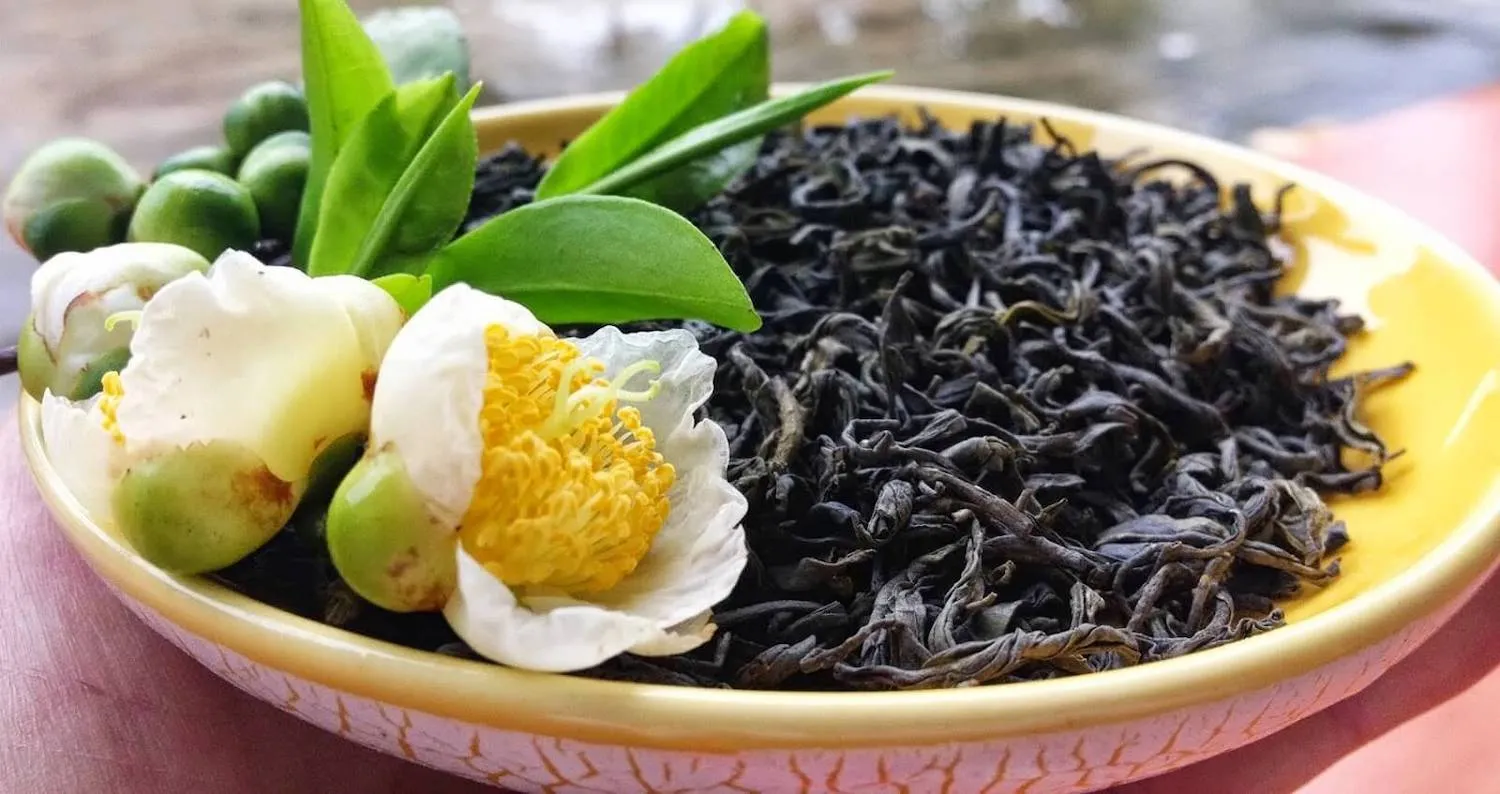
Notes when drinking Shan Tuyet tea
– You should drink tea about 30 minutes after meals. Absolutely avoid drinking on an empty stomach or before meals, as it will harm the stomach.
– The maximum you should drink is only 4 cups of tea per day, that is, every 5 hours/drink.
– Do not drink tea overnight because it will be harmful to health.
– Avoid drinking tea that is too strong, which will lead to insomnia and iron deficiency.
Experiencing Shan Tuyet Tea in Ha Giang offers a unique blend of rich flavors and cultural heritage. From the ancient tea trees and traditional harvesting methods to the tea’s distinctive earthy and sweet notes, every aspect highlights the region’s dedication to quality. Whether visiting tea plantations or local markets, this journey provides a deep appreciation for both the tea and its cultural significance. For more information and detailed guides on your journey through Ha Giang and its culture, visit Karst Plateau.

